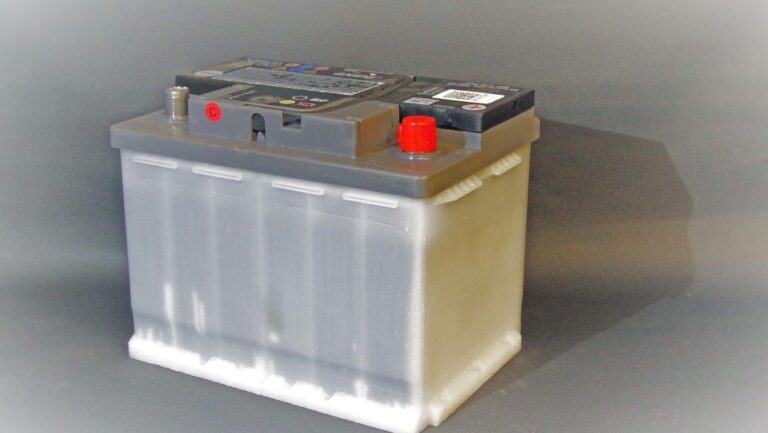In a digital world where data is increasingly vulnerable to leaks and misuse, the importance of compliance and privacy cannot be overstated. Videos can contain sensitive information—everything from identities and locations to confidential business data. Redacting this information is crucial for ensuring compliance with regulations like the General Data Protection Regulation (GDPR) and various data privacy laws. However, the traditional methods of redaction can be tedious and error-prone. Fortunately, advancements in technology are paving the way for automated video redaction, streamlining the process for organisations of all sizes.
Understanding Video Redaction
Video redaction is the process of obscuring or removing sensitive information from video footage. This could involve blurring faces, masking license plates, or eliminating sensitive conversations from recordings. Given the growing scrutiny over data privacy, it’s essential to ensure that any video shared publicly or internally is compliant with regulations. The challenge lies in effectively identifying the sensitive content without wasting time and resources.
The Need for Automation
Historically, redacting video content required labor-intensive manual processes. Reviewers would sift through hours of footage, identifying and removing sensitive details. This not only slowed down workflows but also heightened the risk of human error. The emergence of automated redaction tools addresses these concerns, offering accuracy and efficiency that manual processes simply can’t match.
Automated redaction tools utilise advanced technologies such as artificial intelligence (AI) and machine learning algorithms to accurately detect sensitive information. By leveraging databases and models trained on vast amounts of data, these systems can reliably identify and redact content in a fraction of the time it would take a human.
Key Benefits of Automated Video Redaction
- Increased Efficiency
One of the primary benefits of automated video redaction is the significant reduction in time required to process video footage. Tasks that once took hours or days can now be completed in minutes, freeing up valuable resources within your organisation.
- Enhanced Accuracy
AI-powered tools, such as those available at secureredact.ai, employ sophisticated algorithms designed to recognise sensitive information with high accuracy. These automated systems minimise the risk of oversight, allowing for more reliable compliance with data privacy regulations.
- Cost-Effectiveness
By automating the redaction process, organisations can significantly cut costs associated with manual labour. Fewer staff hours spent on redaction translate to savings that can be redirected towards other important projects.
- Better Resource Allocation
Integrating automated processes allows organisations to allocate human resources to tasks that require a more nuanced approach. While technology can handle straightforward redaction, human intervention is still vital for contextual understanding in complex situations.

Implementing Automated Video Redaction
- Choosing the Right Tool
When selecting an automated redaction tool, consider factors such as user-friendliness, integration capabilities, and scalability. The ideal solution should fit seamlessly into your existing workflows, allowing for easy adoption without causing disruptions.
- Customisation and Configuration
Different organisations have unique requirements when it comes to video content. Ensure the chosen tool allows for customisation based on your specific privacy needs. This might involve setting parameters for different types of sensitive information that need redacting.
- Testing and Quality Control
Before fully adopting automated video redaction, it’s wise to carry out a testing phase. Review the output carefully and verify that the automated system is functioning as expected. Maintaining quality control is essential, especially for the first few batches of redacted videos.
- Ongoing Training and Updates
Technology evolves rapidly, and continuous improvement is vital. Ensure that your chosen automated tool is regularly updated to reflect any changes in regulations or advances in technology. Keeping your team informed about new features and updates ensures you stay compliant while maximising effectiveness.
Challenges to Consider
While the benefits of automated video redaction are clear, organisations should also be aware of potential challenges. The implementation of any technological solution requires consideration of various factors:
Data Sensitivity
The level of sensitive information present in your videos can affect the complexity of the redaction process. Understanding the nuances of your data will help you better configure your automated tools.
Algorithm Limitations
Even the most advanced AI systems can misinterpret context. Therefore, a human review process remains vital for complex cases or when dealing with potentially ambiguous content.
Internal Buy-In
For automation to be truly effective, it’s crucial to secure buy-in from all stakeholders. This involves demonstrating the efficiency and cost-effectiveness of the solution to those resistant to change.
Conclusion
Automating video redaction is no longer a luxury but a necessity for organisations striving to ensure compliance and protect privacy. As technology continues to advance, tools like those offered by secureredact.ai play an essential role in streamlining these processes. By embracing automation, organisations can improve efficiency, reduce costs, and allocate resources more strategically—all while safeguarding sensitive information.
As you consider the shift towards automated redaction, keep in mind that the landscape is continuously evolving. Staying informed about advancements in technology and regulatory changes will ensure that your organisation not only complies but thrives in today’s digital environment. The right tools will empower your team, allowing you to focus on what truly matters—providing value while protecting the privacy of individuals and sensitive data alike.





